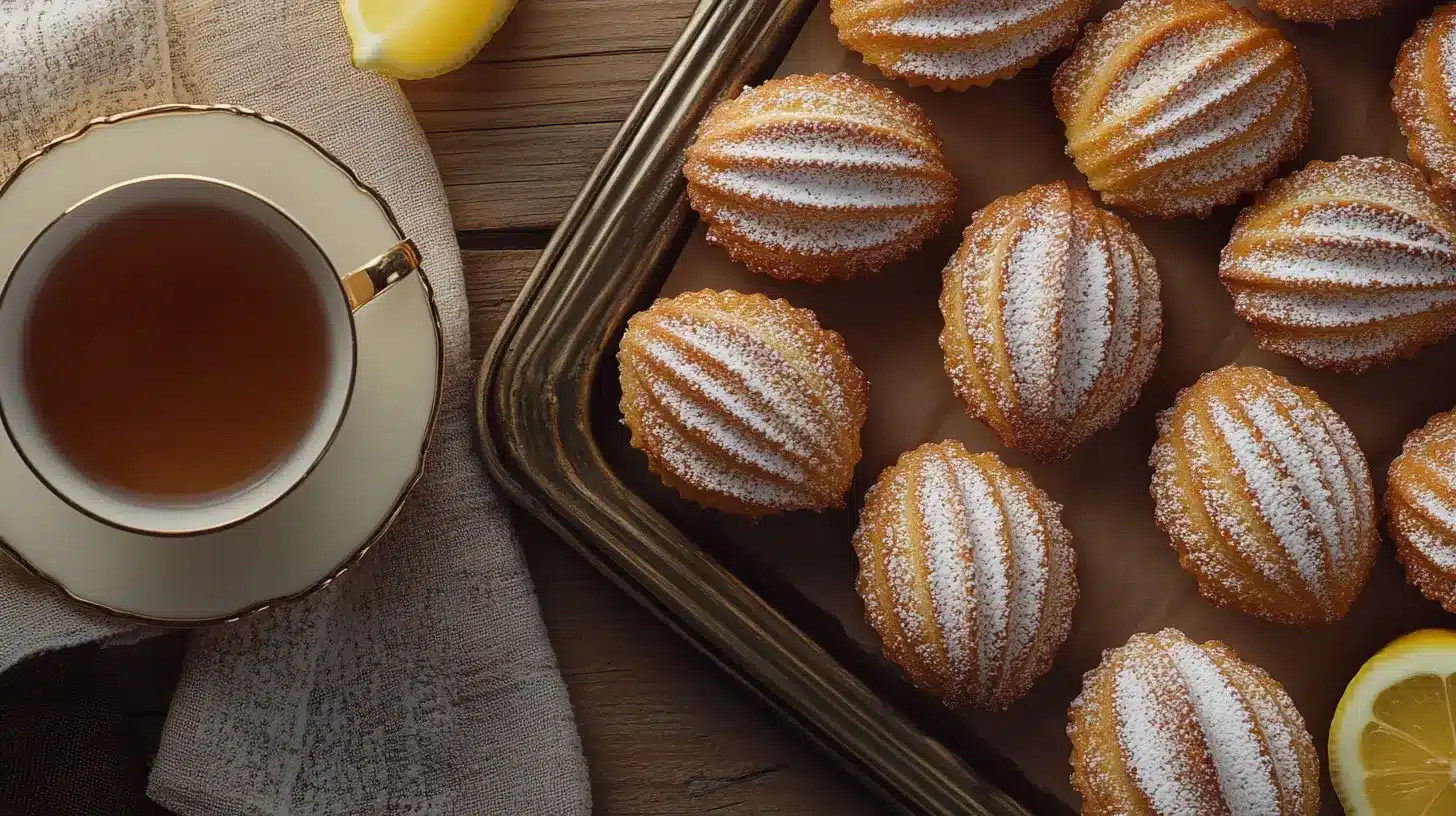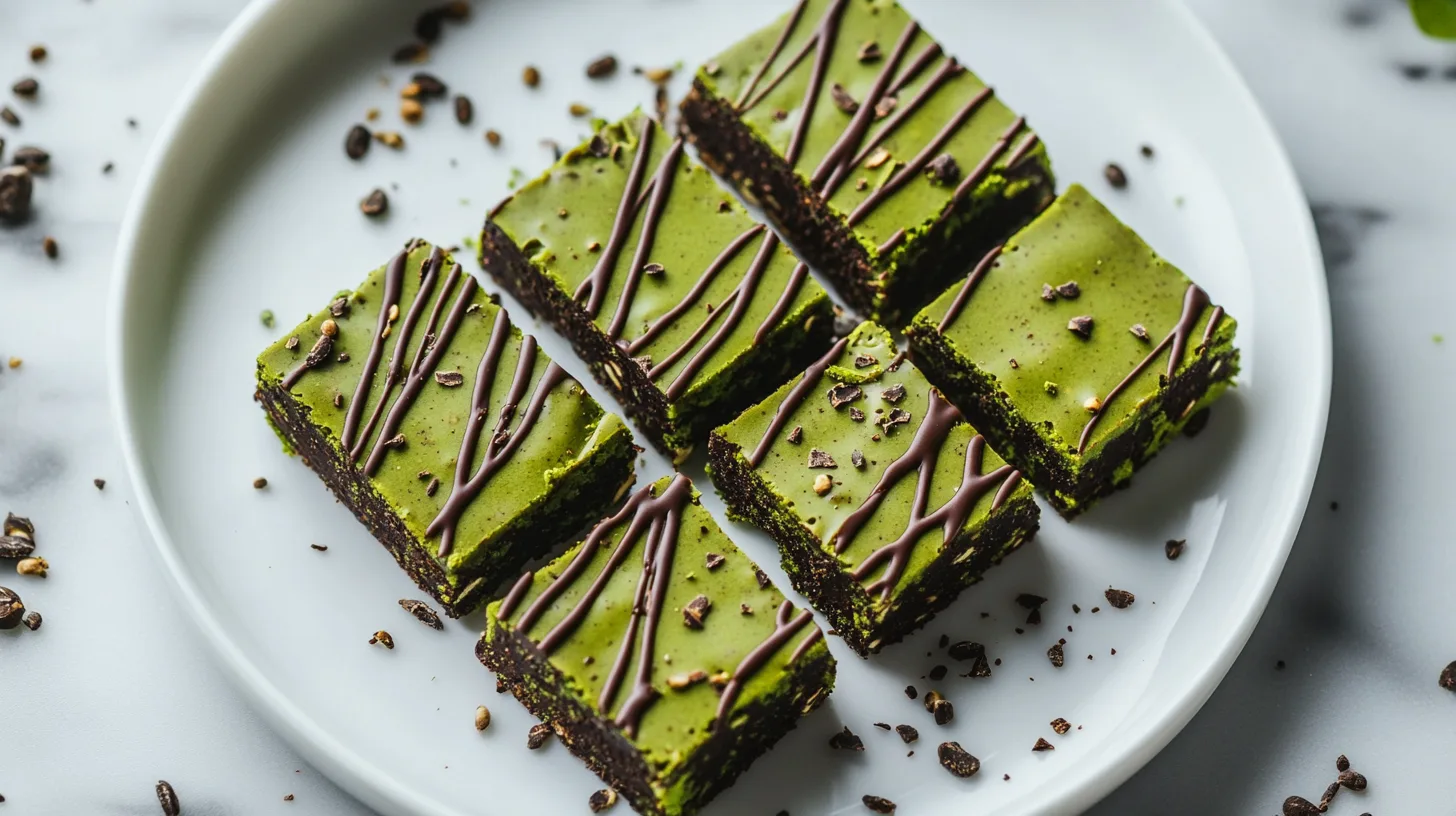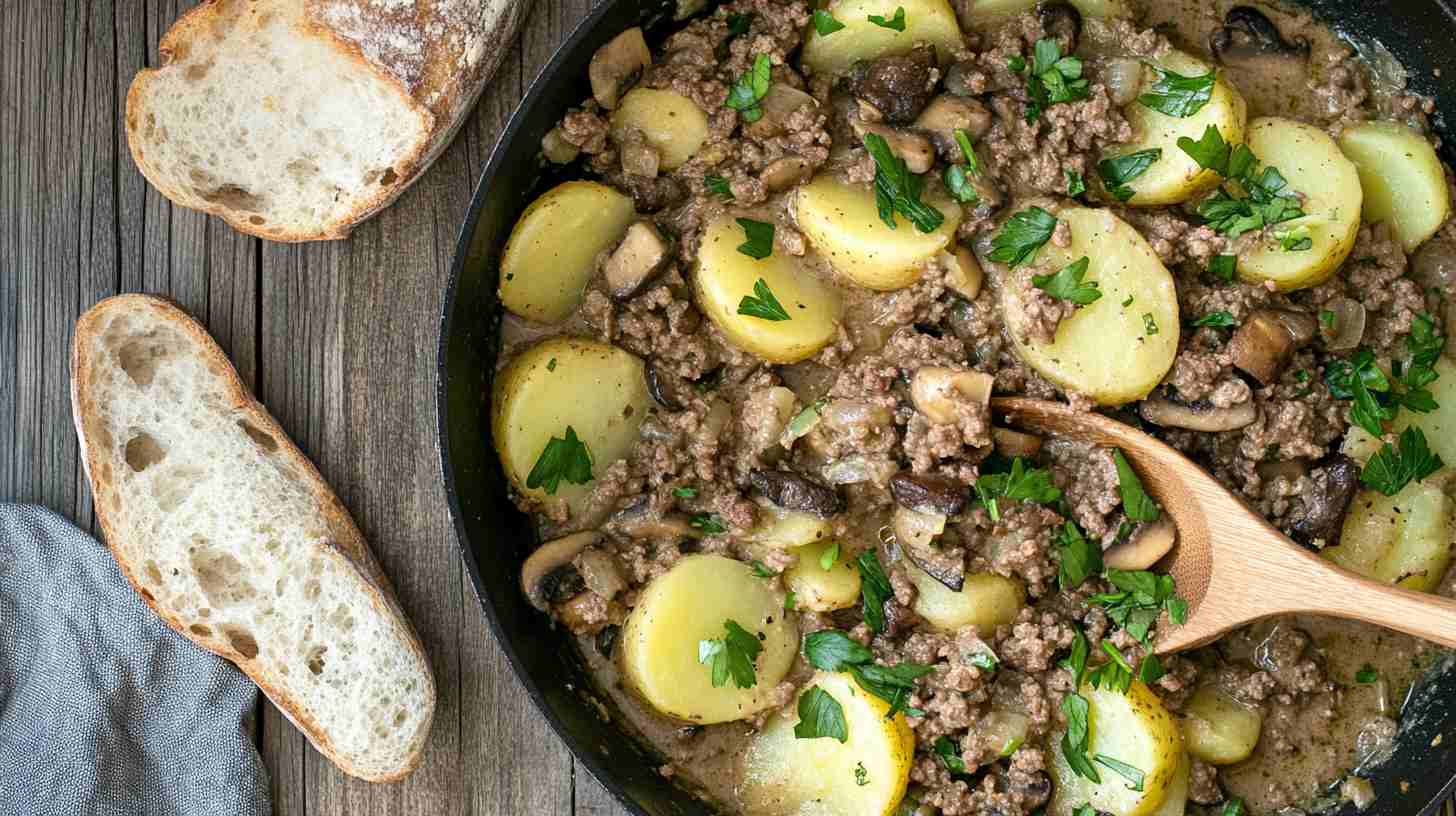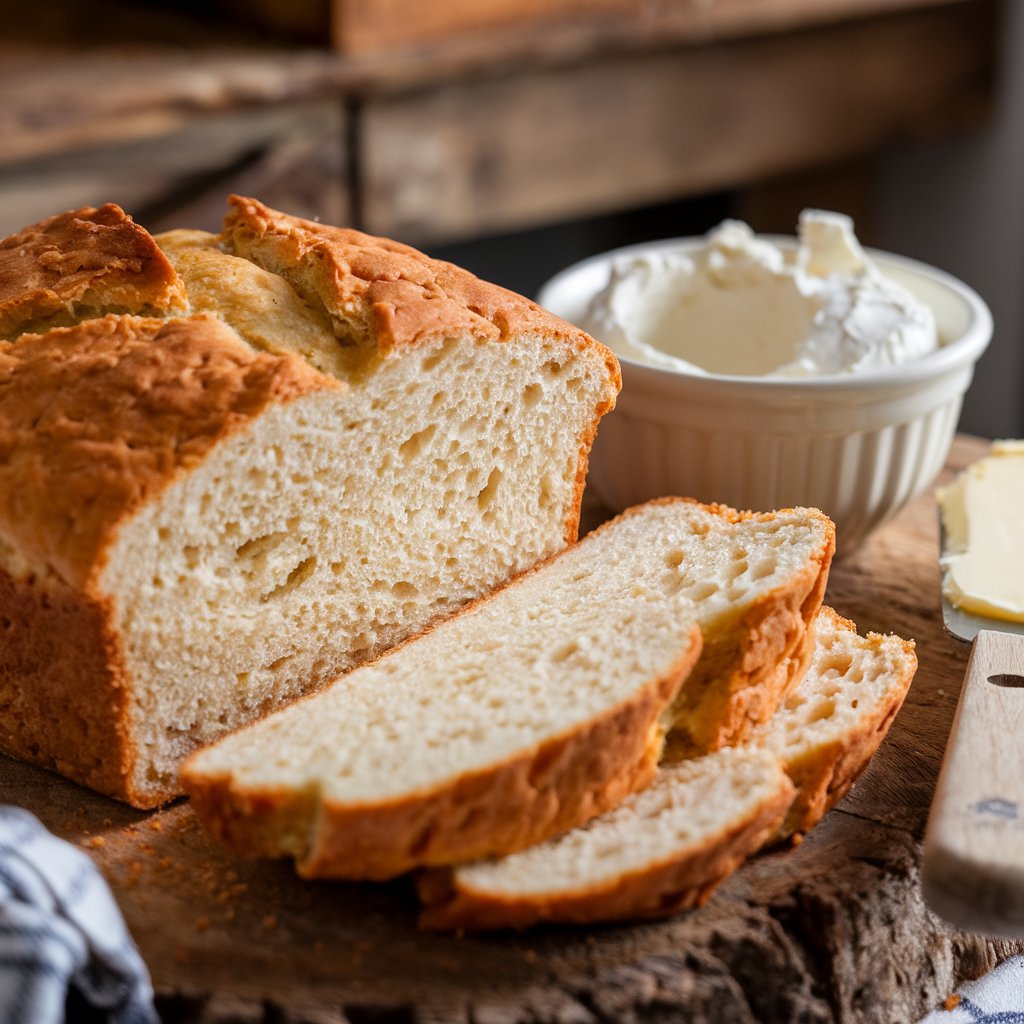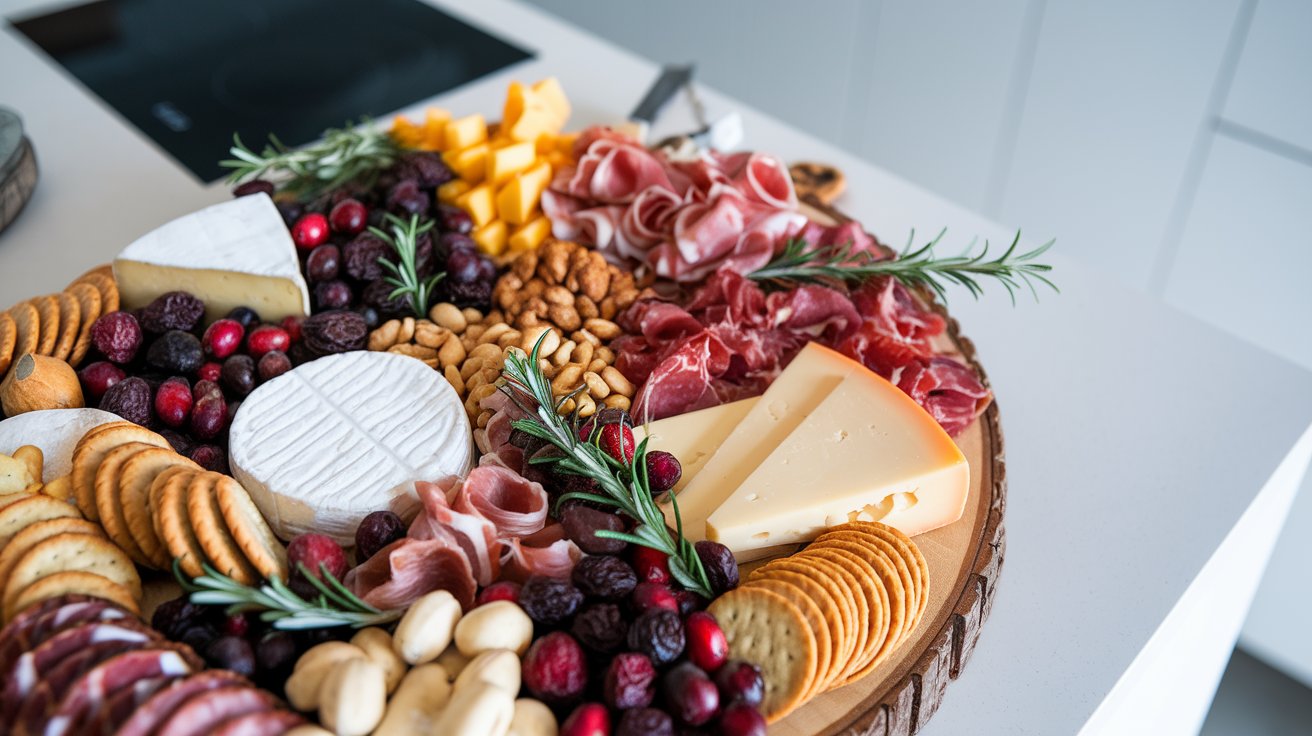Though there are many French desserts that evoke memories and class, Madeleines differ from cakes as one of the best examples. People love these small shell-shaped treats for their buttery taste, light texture, and well-known hump. Madeleines are a unique type of pastry, even though they are often compared to cakes or even cookies.
So, how are Madeleines different from cakes? At first glance, they may seem similar—both are baked, sweet, and share some ingredients. However, a closer look reveals key differences that make Madeleines stand out as a culinary gem. In this article, we’ll uncover the history, unique characteristics, and baking techniques that make these French sponge cakes so special.
Table of contents
Before we begin, why not learn about the unique buttery texture of Madeleines compared to traditional cookies by visiting this guide? It’s a great way to understand their appeal right from the start.
What Are Madeleines and How Do They Differ From Cakes?
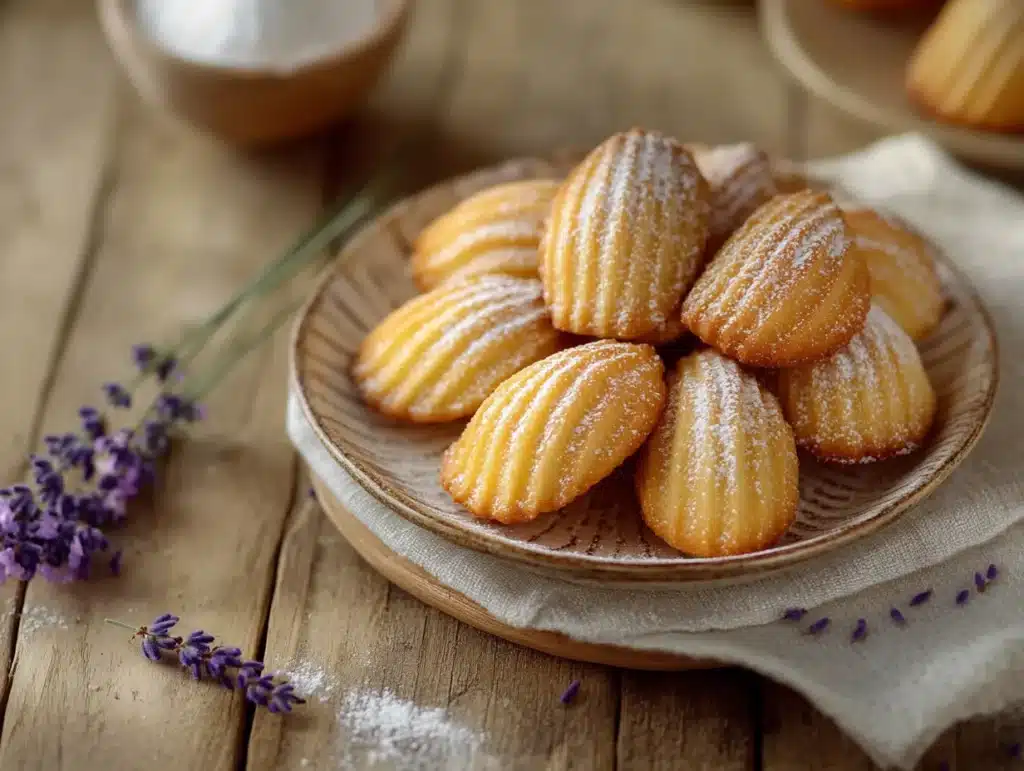
Madeleines are often described as French sponge cakes, but their qualities set them apart from typical cakes. Originating in France, they are small, individually baked treats known for their scalloped shell shape and golden color. Though simple in appearance, their flavor and texture are remarkably sophisticated.
Key Characteristics of Madeleines
First and foremost, Madeleines are known for their distinctive shape, achieved by baking them in special scalloped molds. This unique design is not merely for aesthetics—it also plays a role in the way the batter cooks, contributing to their signature crisp edges and soft interior.
Equally noteworthy is the iconic bump, a hallmark of a well-baked Madeleine. This bump forms due to a temperature shock during baking, a technique where chilled batter is placed in a hot oven. This process is essential and differentiates Madeleines from cakes that usually rise evenly.
In terms of texture, Madeleines have a light pound cake texture. They are moist and tender, yet firm enough to hold their shape. Unlike traditional cakes that rely on frosting or layers for richness, Madeleines derive their luxurious flavor from the use of high-quality butter and subtle flavoring agents like vanilla or lemon zest.
Finally, Madeleines are considered “gâteaux de voyage,” or travel cakes, a category of French desserts prized for their portability and shelf life. These characteristics make Madeleines a popular choice for tea-time pastries or as part of an elegant afternoon snack, known in France as “goûter.”
For more insights into their baking techniques, be sure to explore the baking techniques for desserts like Madeleines and their close cousins by visiting this resource.
The Origin Story of Madeleines: A French Dessert Unlike Cakes
Understanding the origin of Madeleines adds depth to their charm. Like many iconic dishes, these delightful pastries have a fascinating backstory that blends history, royalty, and tradition.
A Culinary Tale from Lorraine
The story begins in Commercy, a small town in the Lorraine region of France, where it is said that Madeleines were first created. According to legend, a young servant named Madeleine Paulmier baked these cakes for Stanisław Leszczyński, the exiled King of Poland and Duke of Lorraine. Enthralled by their unique flavor and texture, Stanisław named the cakes after her.
From Lorraine to Versailles
The royal connection didn’t end there. Stanisław’s daughter, Marie Leszczyńska, married King Louis XV of France. She introduced Madeleines to the French court at Versailles, where they quickly gained popularity. This royal endorsement catapulted Madeleines into the spotlight, solidifying their place in French culinary history.
Immortalized by Literature
Madeleines achieved even greater fame thanks to Marcel Proust’s “In Search of Lost Time.” In one of the most celebrated passages in literary history, Proust describes how the taste of a Madeleine dipped in tea evokes vivid childhood memories. This literary homage elevated Madeleines from a mere dessert to a symbol of nostalgia and sensory delight.
For an even deeper dive into the history of French-inspired cakes and cookies, check out this informative piece here.
Ingredients for Perfect Madeleines: How They Differ From Cakes
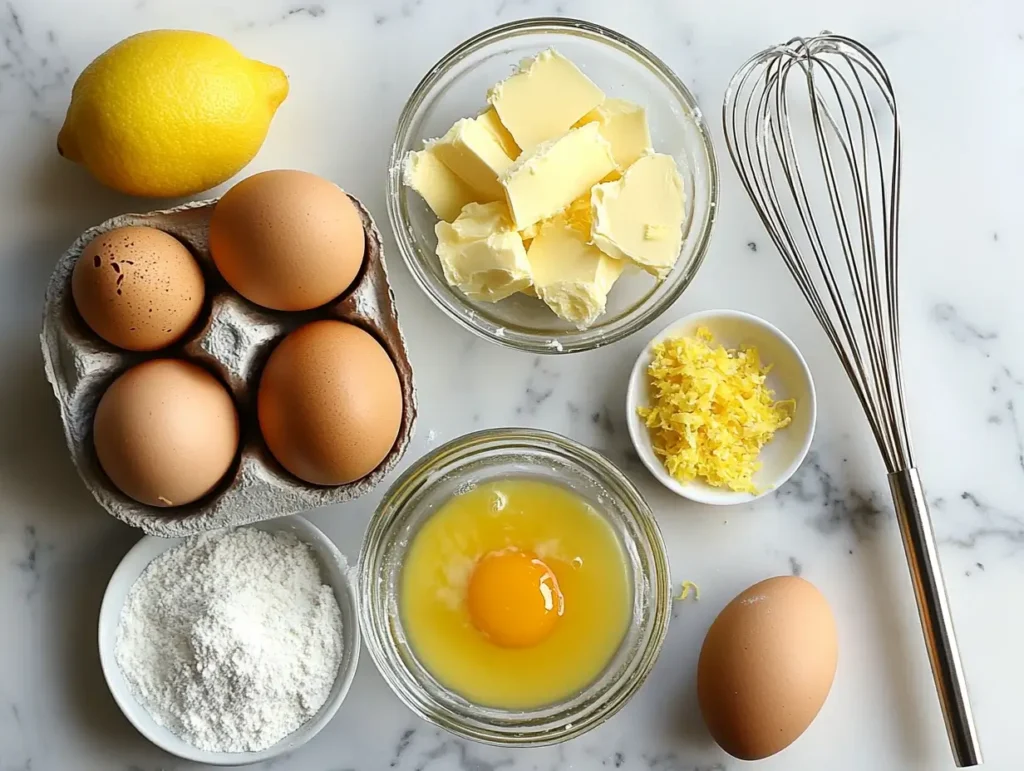
To create authentic Madeleines, you’ll need a handful of simple yet high-quality ingredients. The key is to focus on freshness and precision. Here’s what you’ll need:
- Butter: High-quality, unsalted butter is essential for the rich flavor that defines Madeleines. It should be melted and slightly cooled before use.
- Eggs: Use room-temperature eggs for a fluffy batter that whips up beautifully.
- Sugar: Granulated sugar is perfect for balancing sweetness without overpowering the butter’s flavor.
- Flour: All-purpose flour works well, but for an even lighter texture, consider sifting it before mixing.
- Baking Powder: A small amount helps give Madeleines their lift.
- Flavoring: Traditional recipes often call for vanilla extract, lemon zest, or orange blossom water to enhance the taste.
- Salt: A pinch of salt brings out the flavors of the other ingredients.
These ingredients may seem basic, but their quality and proportions are what make Madeleines stand out. This simplicity is a big part of what separates Madeleines from cakes, which often include layers of frosting, fillings, or other embellishments.
The Key Differences Between Madeleine and Cake Ingredients
While Madeleines and cakes share some foundational ingredients, their recipes differ significantly in composition and technique, which directly impacts their texture and flavor. Madeleines rely heavily on high-quality butter, not just for richness but also to achieve their signature buttery taste and slightly crisp edges. In contrast, cakes often incorporate oil or margarine for moisture and flexibility in texture.
Additionally, Madeleines use a higher ratio of eggs to flour, creating a light, spongy texture akin to a French sponge cake, whereas cakes may include milk or yogurt for added moisture and density. Another notable distinction is the absence of frosting or fillings in Madeleines; instead, their flavor is subtly enhanced with ingredients like lemon zest, vanilla extract, or orange blossom water. Cakes, on the other hand, frequently rely on frostings, layers, and fillings to elevate their taste and appearance.
These differences make Madeleines stand out as simpler yet more refined treats, showcasing how their minimalist approach to ingredients sets them apart from traditional cakes.
Unique Characteristics of Madeleines That Set Them Apart From Cakes
As we move forward, let’s examine the specific features that make Madeleines unlike any other dessert. Their uniqueness lies not just in their appearance but also in the techniques and ingredients that define them.
The Shell Shape
One of the first things you’ll notice about Madeleines is their elegant, shell-like design. This shape comes from scalloped molds, which are essential for achieving their signature look. Beyond aesthetics, these molds ensure that the batter cooks evenly, resulting in crisp edges that contrast beautifully with the soft center.
The Signature Bump
Another thing that makes Madeleines unique is their famous bump. To do this, you need to be precise. When put in a hot oven, the cold batter makes steam, which makes the batter rise a lot in the middle. This sudden temperature change during baking highlights a major difference between Madeleines and cakes, which bakers prepare without such specific requirements.
Butter-Rich Flavor
The flavor of Madeleines is unparalleled, thanks to their reliance on high-quality butter. Unlike cakes that often use frosting for richness, Madeleines rely on simple yet luxurious ingredients to shine. This makes them a favorite among purists who appreciate the natural, buttery taste of classic French desserts.
Crisp Edges vs. Soft Interior
Finally, the contrast in texture is worth noting. While cakes are generally uniform in texture, Madeleines boast crisp edges that give way to a soft, spongy interior. This duality makes every bite a delightful experience.
How Are Madeleines Different From Cakes? Key Distinctions Explained
Now that we’ve explored what makes Madeleines unique, let’s focus on how they compare to cakes. While they share some similarities, their differences are striking enough to set them apart.
1. Texture
The texture of Madeleines is a key distinguishing factor. They have a light pound cake texture—moist, airy, and slightly dense. In contrast, cakes can range from spongy to dense, depending on the recipe.
2. Shape and Size
While cakes are typically baked in large pans and sliced into portions, Madeleines are baked as individual shell-shaped cakes. This makes them perfect for single servings, unlike the communal nature of traditional cakes.
3. Baking Techniques
Madeleines demand precision and unique methods, such as using scalloped molds and chilling the batter. Cakes, on the other hand, offer more flexibility in preparation. The process of creating the Madeleine bump secret is a challenge exclusive to these pastries.
4. Flavor
Madeleines emphasize their buttery, delicate flavor, while cakes often rely on added fillings, frostings, or layers to achieve complexity. This difference makes Madeleines simpler yet more refined.
5. Cultural Role
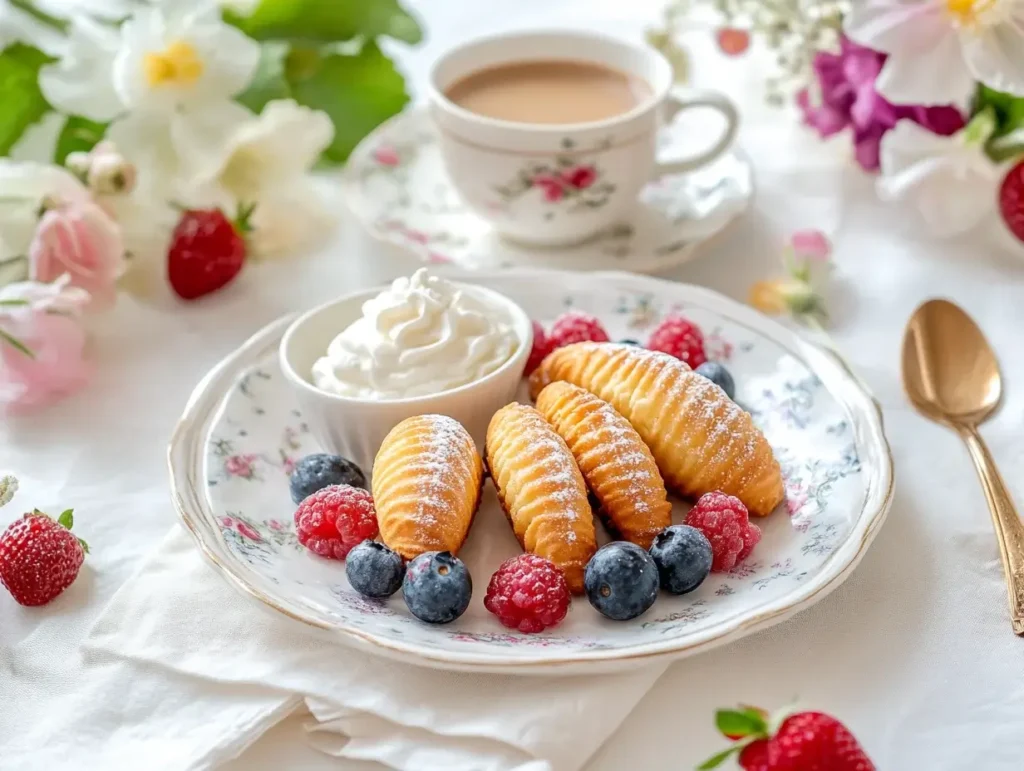
In French culture, Madeleines are considered tea-time pastries or afternoon snacks, whereas cakes are often reserved for special occasions like birthdays or weddings.
The Role of Baking Techniques in How Madeleines Differ From Cakes
Achieving perfect Madeleines requires skill and attention to detail. The following tips will help you master the art:
Essentials for Baking
- Use scalloped molds to create the iconic shape.
- Chill the batter for at least an hour before baking.
- Ensure your oven is preheated to the right temperature to create the bump.
Tips for Success
- Room-Temperature Eggs: Whisking eggs at room temperature helps achieve a fluffy batter.
- Greasing the Molds: Properly greased molds ensure the Madeleines don’t stick.
- Butter Quality: Always opt for the best butter you can find—it’s the star ingredient.
Madeleines vs. Other Desserts: What Makes Them Different From Cakes and Cookies?
Madeleines often spark debates about whether they are more similar to cakes or cookies. The truth is, they’re a class of their own.
Cookies vs. Madeleines
While cookies are typically crisp and crumbly, Madeleines are soft and spongy. Their buttery flavor sets them apart from the sweetness of most cookies.
Cakes vs. Madeleines
Though technically classified as French sponge cakes, Madeleines’ unique shape, size, and texture give them a distinct identity. Layering and frosting often enhance cakes, but Madeleines maintain simplicity and elegance.
Cultural and Culinary Importance of Madeleines in Comparison to Cakes
Madeleines are more than just a dessert—they’re a symbol of French baking artistry. In France, they are a staple of afternoon snacks or “goûter,” paired with coffee or tea.
Globally, Madeleines have gained popularity for their versatility. From traditional butter and vanilla to modern variations like chocolate-dipped or lemon-glazed, Madeleines continue to evolve while staying true to their roots.
Conclusion: Why Madeleines Are Different From Cakes and Truly Unique
Madeleines are a testament to the beauty of simplicity. Despite their small size, Madeleines are bursting with flavor, texture, and history. Their distinctive shape, buttery richness, and iconic bump set them apart, emphasizing how Madeleines differ from cakes in flavor, preparation, and presentation. Whether you’re a fan of cakes or cookies, there’s no denying the unique charm of these classic French treats.
FAQs About Madeleines: How They Differ From Cakes and More
1. What is the bump on Madeleines, and why is it important?
A temperature shock during baking creates the bump, showcasing a perfectly made Madeleine.
2. Are Madeleines healthier than traditional cakes?
They’re lighter and lack frosting, making them a slightly healthier option.
3. Can I use regular cake batter to make Madeleines?
No, the batter for Madeleines requires specific techniques to achieve the right texture and bump.
4. Why are Madeleines baked in shell-shaped molds?
The molds give them their unique appearance and ensure even baking.
5. How should Madeleines be stored for freshness?
Store them in an airtight container to preserve their softness and crisp edges.

